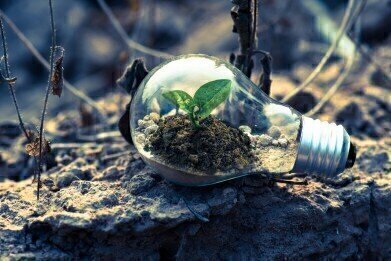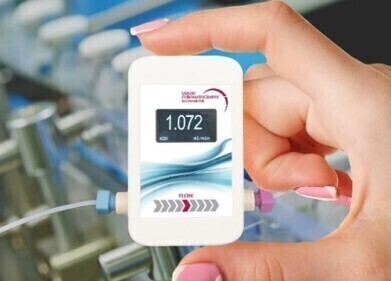HPLC, UHPLC
What is Green Chromatography?
Jul 15 2022
Green chromatography is predicted to be one of the biggest trends in the coming years. But what exactly does it entail and why is it on the up? Read on as we take a closer look.
Defining green chromatography
Like most ‘green’ trends or movements, green chromatography refers to a shift towards practices that are more environmentally friendly. With such a wide array of potential applications, chromatographic analysis is being used more and more. The result is a greater impact on the environment, including a bigger a CO2 footprint and the use of toxic substances.
In response to this, green chromatography is the monitoring and minimisation of chromatography’s environmental impact across the board. Why has it become more popular? Quite simply, out of necessity. As the environment around us continues to worsen, we’ll see more industries taking a green focus to do their bit – and chromatography is no exception.
What are the main areas of green chromatography?
Toxic solvents
One of the main focal areas of green chromatography is the replacement of toxic solvents. Currently, various toxic solvents are used to dissolve, extract or suspend and move a sample without chemical interference. However, the use of these toxic substances causes problems including disposal, runoff, harmful exposure and damaging production processes in the first place.
The challenge is to find a non-toxic replacement for these substances that doesn’t affect the efficacy of analyses. There are also some attempts to remove the solvent altogether or replace it with water.
One example is acetonitrile, which is one of the most commonly used for chromatography – as highlighted in the article, ‘The Role of Methanol and Acetonitrile as Organic Modifiers in Reversed-phase Liquid Chromatography’. Recent developments have seen ethanol-based mixtures replace acetonitrile.
CO2 footprint for each sample
Another key area of green chromatography is concerned with the CO2 footprints for analyses and samples. That includes the use of energy, with gas chromatography separations using low thermal mass technology minimising energy use, for example. But that’s just one step of the process. Chromatography analyses have a long and complex workflow – and green chromatography researchers are looking for ways to reduce resource consumption at every step.
Green applications
Let’s not forget the use of chromatography for environmental applications, which is another area which may be considered green chromatography. From the quantification of pollutants in air and water samples to the identification of pesticide residues in our food, chromatography already plays its part for the environment in multiple ways. With the uptick in green chromatography, we can expect that role to become even greater.
Digital Edition
Chromatography Today - Buyers' Guide 2022
October 2023
In This Edition Modern & Practical Applications - Accelerating ADC Development with Mass Spectrometry - Implementing High-Resolution Ion Mobility into Peptide Mapping Workflows Chromatogr...
View all digital editions
Events
Jan 20 2025 Amsterdam, Netherlands
Feb 03 2025 Dubai, UAE
Feb 05 2025 Guangzhou, China
Mar 01 2025 Boston, MA, USA
Mar 04 2025 Berlin, Germany



.jpg)








